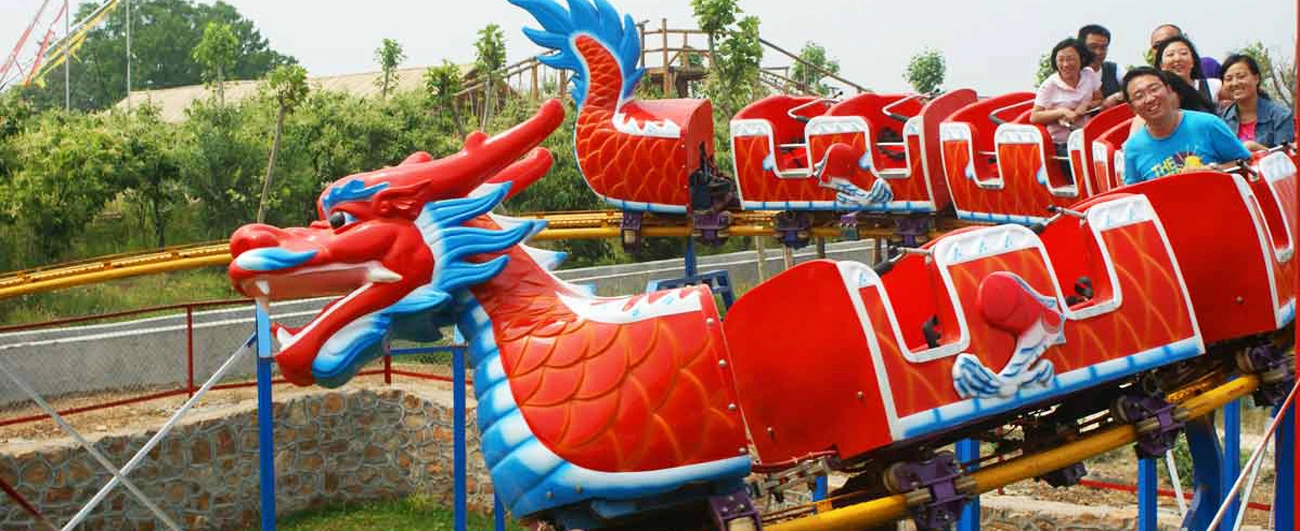The amusement industry is undergoing a paradigm shift. Accessibility—once an afterthought in the design of thrill rides—is becoming an intrinsic component of innovation. As regulations, public expectations, and technology evolve, manufacturers and park operators are rethinking how to serve guests with disabilities. Inclusive amusement rides are no longer niche. They are the future.
From Marginalization to Inclusion
Historically, theme parks offered limited options for guests with mobility, sensory, or cognitive impairments. Most rides demanded unassisted transfers, lacked sensory accommodations, or prohibited participation entirely. The landscape was exclusionary by default, built for the "average" rider with minimal regard for physical or neurological diversity.
That design bias is now being challenged. Progressive engineering and thoughtful policy have prompted a new era of ride development, where accessibility is integral rather than supplementary. The impetus is both ethical and economic—greater inclusivity leads to broader audience engagement and long-term customer loyalty.
Design Principles for Accessible Amusement Rides
Contemporary ride systems incorporate accessibility at multiple touchpoints. These design elements include:
-
Boarding and Egress Modifications: Many modern attractions now feature height-adjustable platforms, retractable ramps, and side-loading gondolas. These enable direct wheelchair access or facilitate easier transfers.
-
Restraint System Adaptations: Engineers have developed versatile restraint solutions that adjust to a wide range of body types and mobility levels without compromising safety.
-
Sensory Modulation: For guests with sensory processing disorders, some rides integrate noise-dampening enclosures, customizable lighting, and motion-adjusted experiences.
-
Cognitive Assistance: Visual guides, tactile signage, and simplified instruction interfaces help guests with intellectual or developmental disabilities participate independently.
These enhancements require coordination between ride designers, accessibility consultants, medical professionals, and user advocates to ensure the utility of each feature aligns with real-world needs.
Case Study: Ferris Wheel Innovation
The ferris wheel, a classic attraction found in nearly every major amusement park, has undergone notable transformations to accommodate guests with disabilities. A forward-thinking ferris wheel manufacturer now integrates flat-bottomed, wheelchair-accessible gondolas with secure locking mechanisms. These gondolas often feature transparent, panoramic doors for enhanced visibility while maintaining enclosure integrity.

In newer models, the entire boarding mechanism can rotate or elevate independently from the wheel, allowing level access from a loading bay. This functionality reduces dependency on external ramps or mechanical lifts. Control systems also offer extended loading times, providing operators the flexibility needed for individualized assistance without disrupting overall ride throughput.
Swing Tower Accessibility: A Complex Challenge
The swing tower, characterized by vertical motion and centrifugal rotation, presents unique challenges for inclusive design. Traditional swing rides involve suspended seats and high g-forces—features inherently difficult to reconcile with mobility limitations or prosthetic device requirements.

However, innovation persists. Several ride engineers have introduced static swing configurations with enclosed capsule designs. These capsules mimic the motion profile of a swing tower but include fixed seating with multi-point restraint systems, accessible boarding platforms, and reduced swing amplitude. While these adaptations may limit the extremity of the experience, they offer guests with disabilities an opportunity to enjoy vertical thrill elements with dignity and safety.
Emerging prototypes also experiment with magnetic lift systems, replacing cable-pulled mechanics with smoother, quieter ascension profiles that are less jarring and more predictable—ideal for guests with sensory sensitivities.
Regulatory and Industry Framework
International standards for ride accessibility are becoming more codified. Organizations such as ASTM International and IAAPA (International Association of Amusement Parks and Attractions) now provide guidelines that encourage universal design in new amusement attractions. Compliance with the Americans with Disabilities Act (ADA) is mandatory in the United States, but global manufacturers are increasingly aligning with best practices irrespective of jurisdiction.
Ferris wheel manufacturer specifications and swing tower schematics are being reviewed through an accessibility-first lens during certification. This results in higher scrutiny during prototyping, testing, and commissioning phases.
Moreover, ride manufacturers are adopting simulation tools and virtual reality environments to predict and validate accessibility use cases during the design phase. These digital models allow for iterative testing without the financial or temporal constraints of physical prototyping.
Economic and Social Implications
Investing in accessibility is not merely an act of corporate responsibility. It is a competitive differentiator. Parks that prioritize inclusive ride systems report measurable increases in guest satisfaction, group attendance, and repeat visits. Families with disabled members are more likely to select venues that accommodate everyone, not just the able-bodied.
Additionally, these innovations ripple beyond their original use cases. Easier boarding aids elderly guests, parents with strollers, or anyone recovering from temporary injury. Accessibility benefits are often universal, not exclusive.
Looking Ahead: Integration with Smart Technology
Next-generation amusement rides are beginning to integrate IoT devices, biometric systems, and AI-powered personalization tools. For guests with disabilities, this could translate into:
-
Preloaded rider profiles that automate restraint configurations.
-
Real-time health monitoring during rides.
-
Predictive accessibility guidance through park navigation systems.
When merged with accessible hardware, smart systems will elevate the experience from merely inclusive to genuinely optimized.
Conclusion
Amusement ride innovation for people with disabilities is accelerating due to technological, regulatory, and cultural forces. What was once considered a compliance obligation has become a space of engineering ingenuity. Whether redesigning the ferris wheel for seamless wheelchair access or reimagining the swing tower with enclosed capsules, manufacturers are demonstrating that thrill and inclusion are not mutually exclusive.
As the industry matures, inclusion will no longer be a specialty feature—it will be the standard. And in this transformation, amusement rides will fulfill their truest purpose: joy without barriers.













